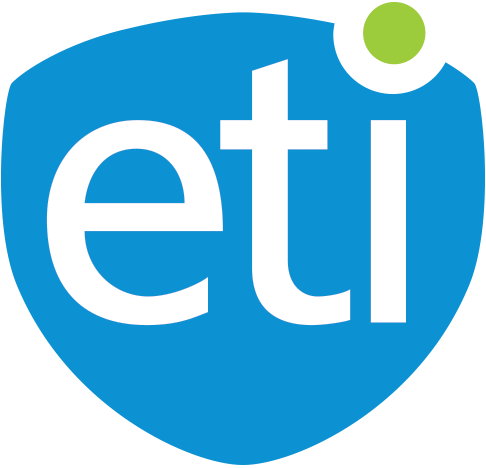

Selecting a qualified Billing Support System (“BSS”) / Operational Support System (“OSS”), or “B/OSS”, application to manage the fulfillment of end user services on an fiber-to-the-home (‘FTTH’) network can be extremely difficult for new entrants. There are numerous choices available and, without the benefit of previous experience to understand the unique challenges imposed by fiber or the extensive heuristics derived from working closely with automated provisioning, making a selection can be a daunting, if not intimidating, task. Get it right and you’re a hero; get it wrong and the B/OSS you selected becomes an albatross around your neck for what can feel like an eternity as you are constantly reminded of the shortcomings of the chosen system.
While it is not the objective of this paper to make the case for automated, flow-through provisioning, the benefits of automation warrant some consideration. From a high level perspective, the operations can be viewed as two separate entities: the business or billing side and the network or delivery side. Without an automated interface between the billing system and the FTTH network, these sides, for all intents and purposes, do not communicate with one another. The ramifications of this separation and isolation are significant.
First, operating expenses are likely to increase as more staff are hired to perform the necessary data entry work on the network side to keep up with service changes being taken by customer service (and input into the billing system). As new customers sign up, or existing customers change or disconnect services, these additions, changes, and disconnects have to be input into the element management system (“EMS”) of the FTTH network in order to affect the delivery of services at the customer premise. The only way to keep pace with the volume of changes as the network grows is to hire more staff – typically technical employees who require higher salaries – to do the data entry. The alternative to hiring more staff is to prolong the delta between the service order creation date and the order fulfillment date. The greater this delta is, the greater the risk of alienating, and possibly losing, the customer.
Second, there will be disparity in terms of what is being billed vs. what is being delivered across the network. In this case, it is almost always the customer who comes out ahead – customers call to complain when they receive less than what they are paying for, not when they are receiving more. The longer the manual processes remain in place, the larger this delta is likely to be and the greater the loss of revenue to the service provider. Another relevant case to further illustrate this point that is often overlooked has to do with delinquent customers. Every SP has to deal with customers that don’t pay their bills on time; providing service on a fiber network doesn’t change that in any way. As customers reach the maximum number of days delinquent, the next logical step is to shut off service so the customer stops receiving any more services they may not be able to pay for and gets the message, “if you want your services restored, then pay your bill.” Without automation, it is almost impossible to incorporate a non-pay shut off process on the FTTH network. As a result, customers will continue to receive services when they should be disconnected.
Last, but not least, there is significantly more risk involved with a manual process than an automated one. The risks come in variety of forms. There is the risk of data entry errors that can negatively impact the customer experience, require extensive time and effort to research and resolve, or go on unnoticed for long periods of time at the SP’s expense. There is also risk associated with granting access to the FTTH EMS for larger groups of personnel. The EMS is the administrative console for the FTTH network. In addition to provisioning ONTs with end user services, it is also used to configure the various network elements on the FTTH network – most notably the Optical Line Terminal (“OLT”). As such, there is always the possibility that a person tasked with provisioning end user services can wipe out an entire group of ONTs by inadvertently or maliciously changing OLT configuration data. The use of an automated interface to provision end user services allows the SP to lock down access to the EMS to all but a select few, highly skilled and trusted personnel.
There are a number of other advantages of having an automated interface that connects the billing side of the operations with the network side, but the benefits listed above highlight some of the most important. The one glaring, albeit short-sided, disadvantage of automation is the upfront cost as it will likely require a non-trivial investment in terms of software licensing and / or professional services to build or install the chosen solution. Over the long haul, however, the costs of a manual process far exceed those of a software-based, automatic process. The actual length of time needed to achieve the greater ROI through automation will depend on a number of factors – the total number of customers on the FTTH network, the number of new installs, the initial license costs and related fees, the completeness of the solution, etc. Some of the evaluation criteria enumerated later in this paper address this as well.
Prior to evaluating a B/OSS application, service providers (“SP”) should evaluate the capabilities of their existing systems to better determine their specific needs. There is a big difference between having no solution and one that is incomplete. In the former case, the challenge is to prioritize the needs and search for an OSS tool or solution that addresses all of the activation challenges of deploying a fiber broadband network; in the latter case, the key is to identify the pieces that are missing, prioritize them, and then determine if the incumbent solution can be leveraged with the aid of another (complimentary) application or if it needs to be replaced.